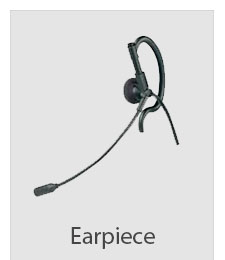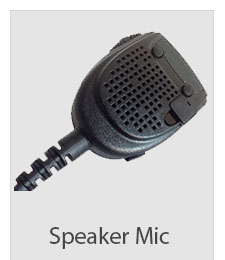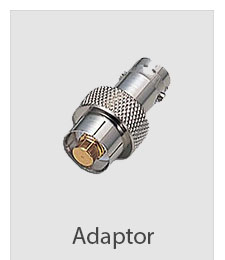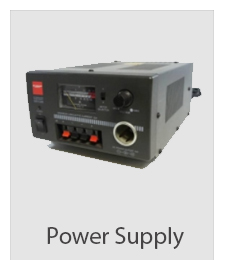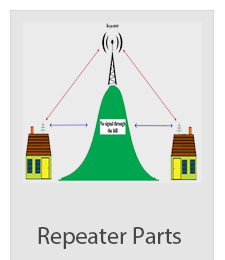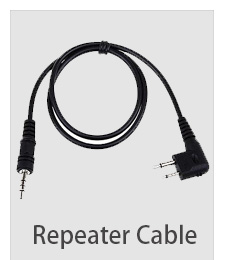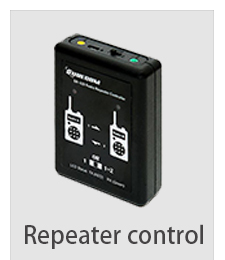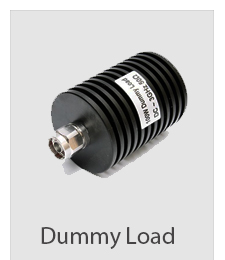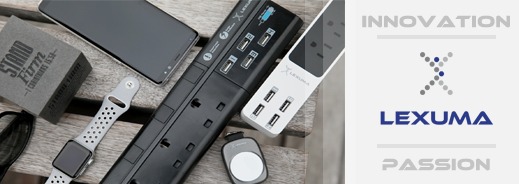Practical Microphone Applications in Music
For live vocal performances where stage volume can get loud and feedback suppression is important, the best choice is to use cardioid mics - see our guide to the best microphones for singing live. Recording vocals on the other hand is a different undertaking that requires more attention to the singer's nuances, as such large diaphragm condensers work best. If you are going for a more vintage sounding vocal recording, use ribbon mics or go for good old dynamic mics instead. In addition, small diaphragm omnidirectional mics and shotgun mics can be used for capturing choirs and singing groups, and are especially useful when choirs perform in venues with great acoustics, like churches.
Because acoustic drum kits are naturally loud and punchy, you'll want to go with dynamic cardioid mics for the snare, bass and toms. Small diaphragm microphones can then be used to capture the nuances of the hi-hat, ride and cymbals. For best results, there are specialized mics that are fine tuned to handle the different frequencies and SPLs of each part of a drum kit, you can either get them one by one or go for convenient drum kit mic bundles. In the studio, you can setup an Omnidirection or ribbon mic to blend in some ambience into your drum tracks.
Electric Guitar Amplifier
Close mic'd guitar amplifiers are as loud, sometimes louder than drum kits, and as such they require mics that can handle high SPL. Your best bet is a cardioid or hyper cardioid dynamic mic that is well positioned in front of the amp speaker. Again a second condenser mic or ribbon mic, set back at a distance, can be used in case you are using multiple amps or if you want a warmer more classic sounding output, or in combination with a close mic to capture some of the room ambience.
Acoustic guitars when not amplified have a softer sound with immersive nuances. These type of instruments require the fidelity and quality of large diaphragm condenser mics. You can also go for a well placed Cardioid condenser mic or Figure-8 pattern ribbons depending on the situation and noise level. Finally, setting up an extra small diaphragm mic will work wonders in capturing the higher frequencies that sometimes get lost when acoustics are plugged in or miked directly up front.
|






